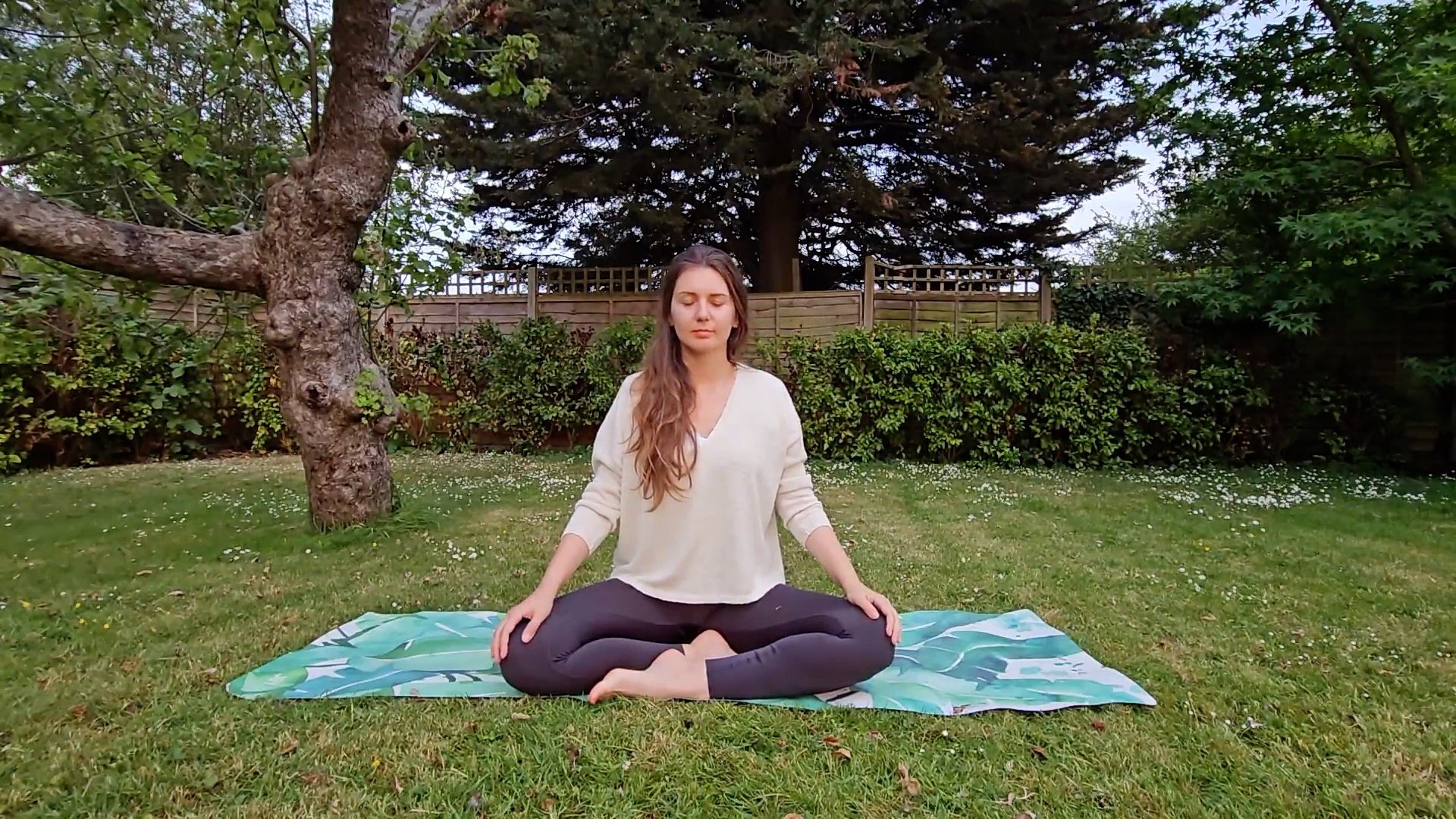What’s the Difference Between Yoga Nidra and Meditation?
Yoga Nidra and meditation are often treated as synonyms, but in the reality there are very different practices. If you are curios what sets them apart, then keep reading and let's clarify the differences and similarities between these two practices of self-discovery and relaxation.
Understanding Meditation
Meditation, in its various forms, is a practice focused on cultivating a calm and focused mind. It involves training your mind to concentrate on a specific object, sensation (like breathing), sound (like chanting), or thought (like affirmation), Its goal is to promote mental clarity, emotional balance, and a sense of inner peace. Meditation techniques can vary widely, from breath awareness and loving-kindness meditation to mindfulness and transcendental meditation.
The Essence of Yoga Nidra
Yoga Nidra, often referred to as yogic sleep, is a unique form of guided meditation that takes students on a journey through body awareness and deep relaxation. Unlike traditional meditation, where the mind stays awake and aware, Yoga Nidra encourages a state of conscious dosing off. The practice guides students through a body scan, allowing them to become aware of any physical sensations, emotions, and thoughts while remaining in a profoundly relaxed state.
Key Differences:
Focus and Awareness:
Meditation: In meditation, the focus is on the mind. Practitioners aim to quiet or observe mental chatter, achieve mental stillness, or direct their attention to a specific point.
Yoga Nidra: Yoga Nidra emphasizes body awareness. It's a journey through physical sensations, emotions, and thoughts while remaining in a state of conscious relaxation.
State of Consciousness:
Meditation: Practitioners maintain a state of wakefulness and awareness throughout the practice.
Yoga Nidra: Yoga Nidra guides practitioners into a state between wakefulness and sleep, encouraging a sense of deep relaxation akin to the moments just before falling asleep.
Purpose and Benefits:
Meditation: Meditation is often practiced to enhance focus, reduce stress, promote emotional well-being, and cultivate mindfulness.
Yoga Nidra: Yoga Nidra is particularly effective for relaxation, stress reduction, insomnia, and deepening self-awareness.
Choosing Your Path
Both meditation and Yoga Nidra offer benefits for the body, mind, and spirit. The choice between them ultimately depends on your personal preferences and goals. If you seek mental clarity and focus, meditation might better suited. On the other hand, if you long for deep relaxation or more calmness, then Yoga Nidra might be your better choice.
Incorporating either or both of these practices into your routine can lead to valuable experiences, improving your connection with yourself and the world around you. So, whether you choose to meditate in stillness or explore bodily sensations through Yoga Nidra, both paths eventually lead to the self.
My Experience
In my experience, Yoga Nidra has been there for these times when the mind is really unsettled and I feel this need to 'get out’ of my head. By focusing on my body instead, noticing its weight, its shape, its temperature helps be feel more grounded and peaceful.
On the other hand, meditation offers a bit more variability in form of the practice itself. We can focus on objects, like fire and observe the candle, we can add visualization (e.g. safe place or guardian). Additionally, we can practice movement meditation and explore how that changes our experience.
I feel that both of these practices are perfect when combined on a self-care path.




